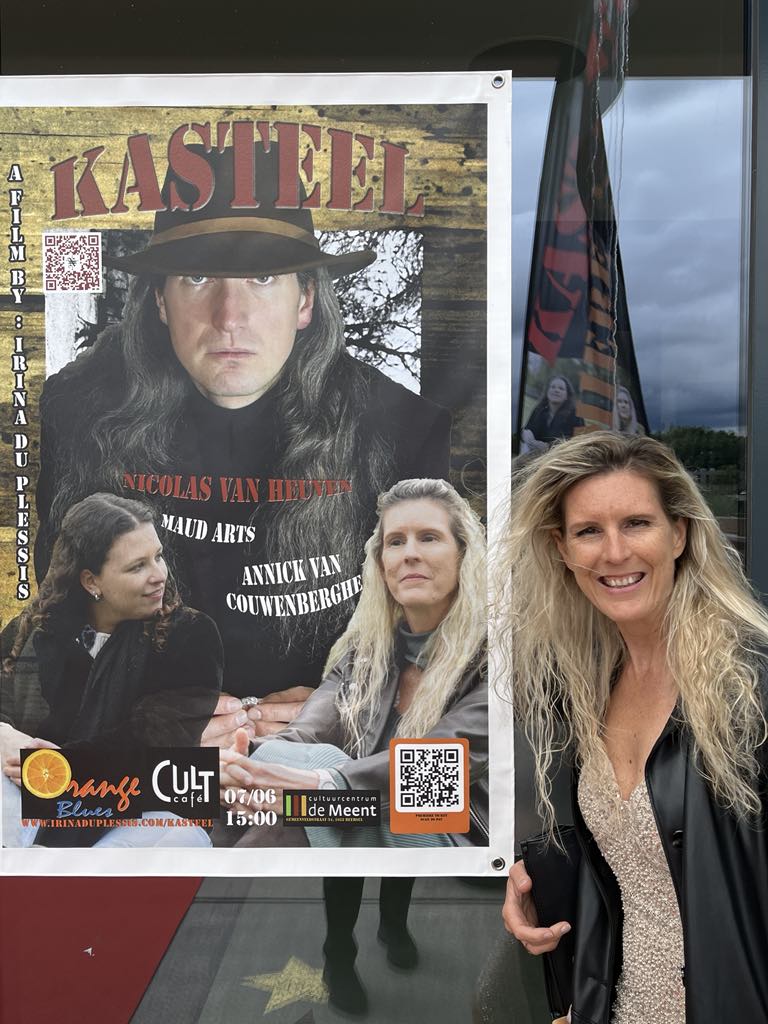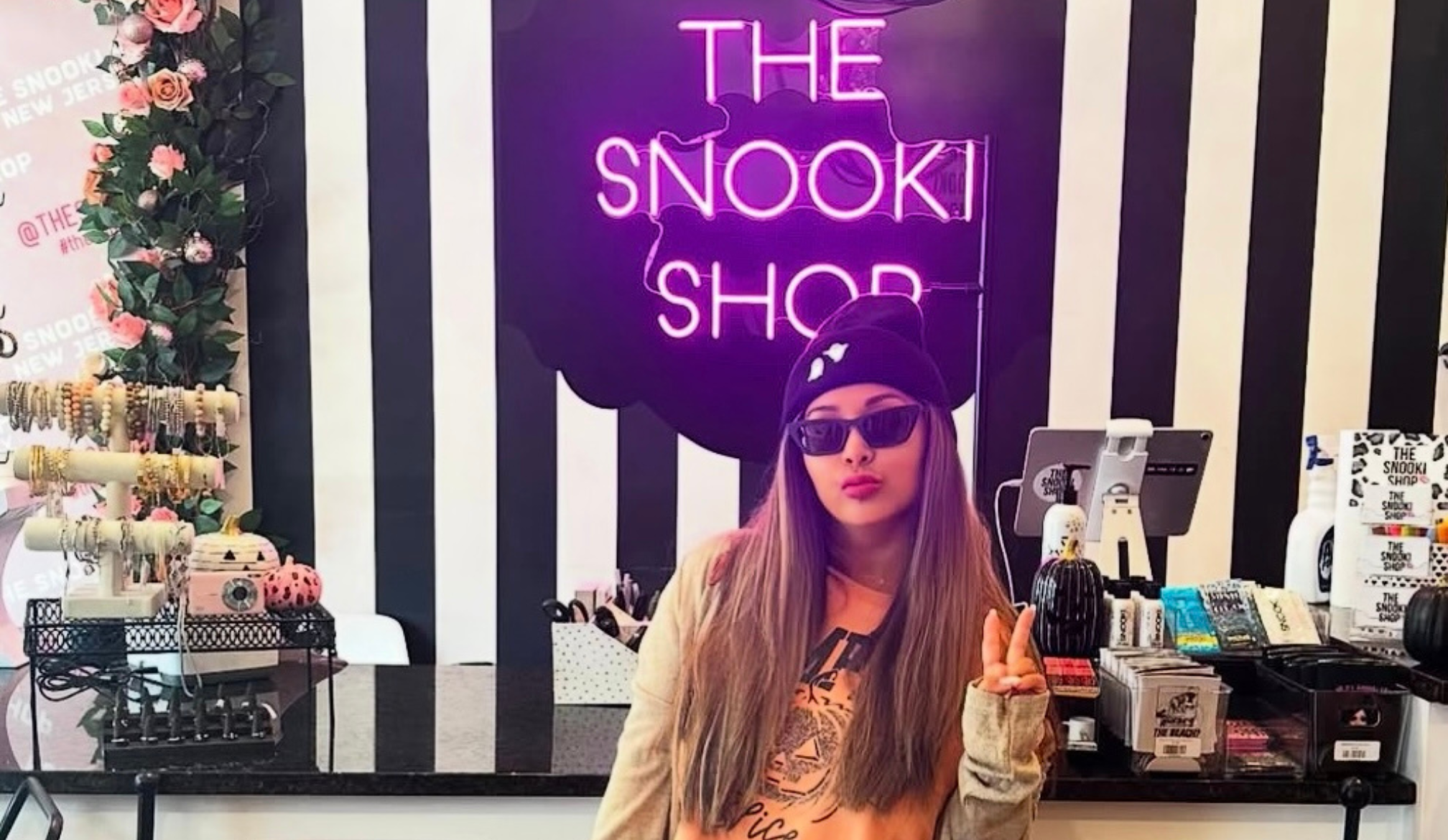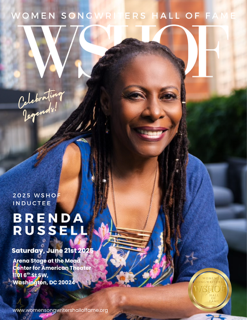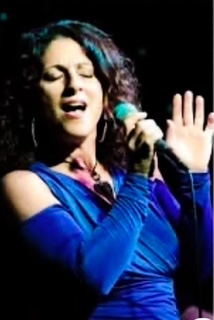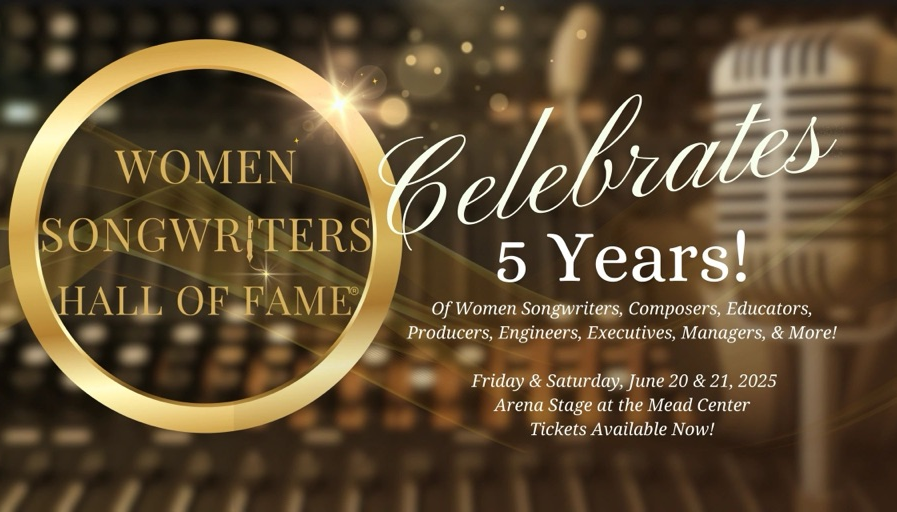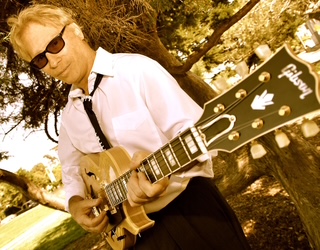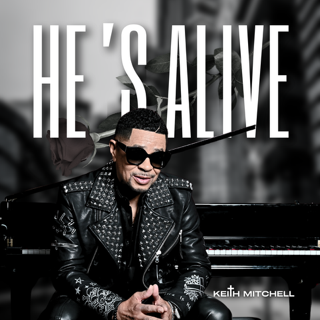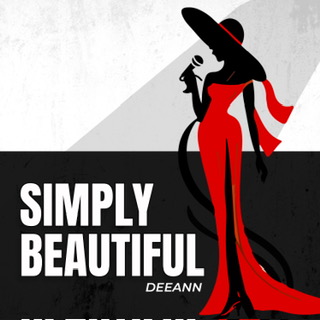Renowned Composer, Producer and Musician KEVIN FLOURNOY: The Big Studio Difference
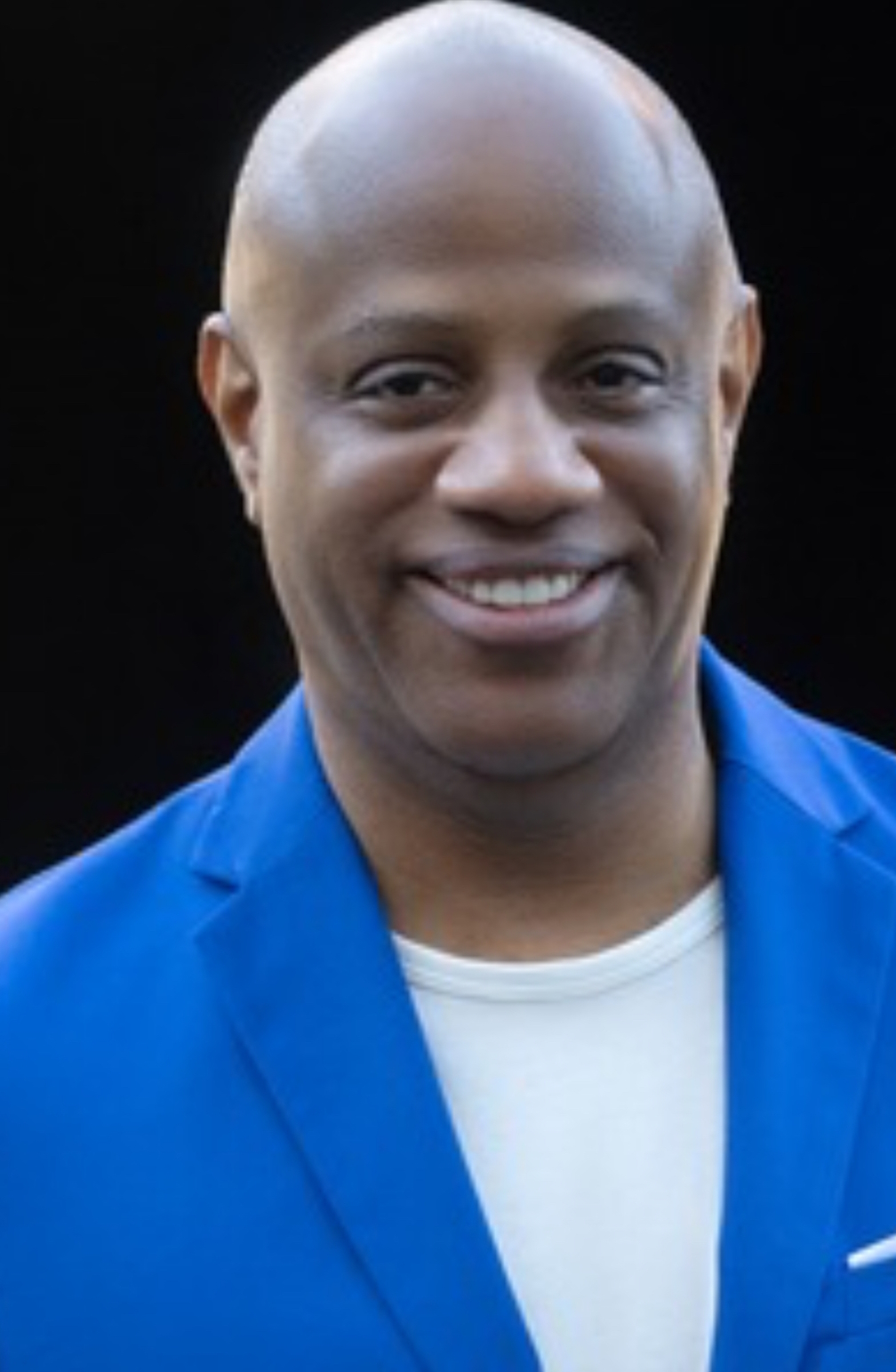
ARTIST TO ARTIST: THE BIG STUDIO DIFFERENCE
Young emerging artists who grew up in the era of GarageBand, Ableton and all manner of home studio rigs probably can’t fathom a time when every commercially released recording was produced in a professional studio with all the attendant bells and whistles. Guess what? The best and most polished tracks in most genres still are! Veteran composer, keyboardist, producer and artist Kevin Flournoy says that no matter one’s budget, every budding indie artist should experience the difference between recording at home and tracking live in a pro studio.
As a pop, R&B and contemporary jazz producer, I work with a lot of talented indie vocalists who are always looking for an edge to stand out from other artists. I’m reminded of a conversation I had over lunch in Beverly Hills a few years back with a Toronto based female artist I was about to record with and her friend Kevin Teasley, Owner of TONIC who’s a multi-talented producer, , audio mixer and music director for top artists like J Lo. The subject of the best type of recording environments came up and I mentioned something that I always tell the up-and-coming singers and producers I work with. Just because they can go to Guitar Center, buy a relatively inexpensive rig and software and become their own producer doesn’t mean they should. Some tell me that they’re on a budget – but even if they had the money, they wouldn’t opt for or need to work in a big studio.
I consider that limited thinking on their part. I tell them, “You owe it to yourself to learn something about recording in a real studio.” I’ll ask them who their musical heroes are, and they’ll invariably mention superstars like Beyonce whose magic working with many producers happens in one of those facilities. When they respond that they have limited funds compared to top selling artists, I challenge them: “Okay, then just record part of a single song at a big studio to learn what it actually sounds like.”
As someone who has recorded in hundreds of different environments on budgets of every size, I can attest to the great difference in quality and sound when we’re recording in a real studio. I’ll admit that some artists in the rap/hip-hop arena can be successful with good sounding tracks done in a home studio, but I can assure you that none of the great country songs coming out of Nashville – whether from legendary artists or newcomers – are doing it in the garage, so to speak. Because the lunch conversation was with a vocalist who had been successful as a club performer but was just starting to record her own music, I told her she should compare how her vocals come out in a home recording environment vs. a bigger studio.
I told her that there were some high-end studios here in Hollywood like East West Studios and Westlake Recording Studio who understand limited finances and will let new artists work a few hours at a discount. If you’re up for the comparison challenge, you should find a way to develop a relationship with the person running the studio you have in mind. Enquire about what day the studio might have open in the future and allow your schedule to be flexible for that session time. See what kind of deal you can arrange based on your willingness to be flexible. Pick the tune you love the best. Make a decision on what tracks you’d like to overdub in the big studio environment. I would recommend recording your vocal tracks or add a live drummer to the mix. If you are successful in getting those few hours, you will notice an immediate upgrade from anything you can achieve at home. Singing in your bedroom or bathroom studio is fine, but you won’t have the power that can come from using a $20K vintage mic – or a veteran engineer whose experience and keen ears can make a huge difference.
Once you’ve recorded your vocals at the studio, go home and do some toggling. The lingo I use for this process of comparison is “AB,” i.e. comparing version A to version B. So please AB what you tracked earlier using your private setup and the new high-end recordings. You will hear the difference.
While the original conversation I had about this process was with a vocalist, the AB test works just as well with different instruments because of the array of mics generally available at a studio. One of the best examples is capturing live drums. It’s difficult to get a premium sound in an untreated or halfway treated home setting. Many of the commercial studios I work in have a lot of mics to choose from that can collectively capture the perfect sound. What’s the point of investing thousands of dollars on a high-end drum set when you’re just going to record them at home with cheaper microphones? I call this simple education - please educate yourself about the difference in sonic quality. High-end and some mid-grade studios have both vintage and new mics like the Telefunken ELA M 251 and the Neumann U 87 Ai. If you decide to work at a smaller studio that doesn’t have that kind of selection, you can always rent a mic and bring it to your session.
As a keyboardist, I’ve done the AB test between track recordings of the acoustic piano sound I can create on my Yamaha keyboard at home vs. a well miked grand piano at the high-end studio. The difference is quite clear and I’ll always choose the grand piano when I can, but with a caveat. While it’s ideal for pop, R&B and especially jazz, you can’t use a grand piano with nice mics for a genre like reggae, which is defined by its charming raggedy keyboard sound. That aside, I always prefer real keyboards like the Fender Rhodes if they’re available over, an electric keyboard sound from a synthesizer. Using a high-end mic to track a real Rhodes as opposed to creating it on a keyboard will help the sound sit in the mix better.
For a lot of indie artists working on a small budget, my advice here may be a bit overwhelming. So I suggest you take some small steps. Just pick one part of the song, a certain segment or maybe one of the vocal or instrument tracks and book a few hours at a major studio at a reasonable negotiated rate. That’s all you need to do AB and learn the difference. Believe me, you will thank yourself!
About Kevin Flournoy: For over 30 years, the multi-talented keyboardist, composer and producer has been a powerhouse behind the scenes force for some of pop, R&B and contemporary jazz’s most iconic performers. Starting with saxophonist Ronnie Laws, The Emotions and Teena Marie in the 90s, he has written, performed or recorded with Chaka Khan, Babyface, The Pointer Sisters, Dionne Warwick, Gladys Knight, Jeffrey Osborne, Jennifer Hudson, Howard Hewitt, Jamie Foxx, The Jazz Crusaders and contemporary jazz greats Boney James, Norman Brown, Kirk Whalum and Harvey Mason. In the 2000s, Flournoy toured with Donny Osmond for six years.
His latest release as an artist, the urban jazz single “Smooth It Over” is a collaboration with Ronnie Laws.
www.KevinFlournoy.com
instagram.com/kevin.flo
youtube.com/c/KevinFlournoy100
tiktok.com/@kevin.flournoy
facebook.com/kevin.flournoy1




